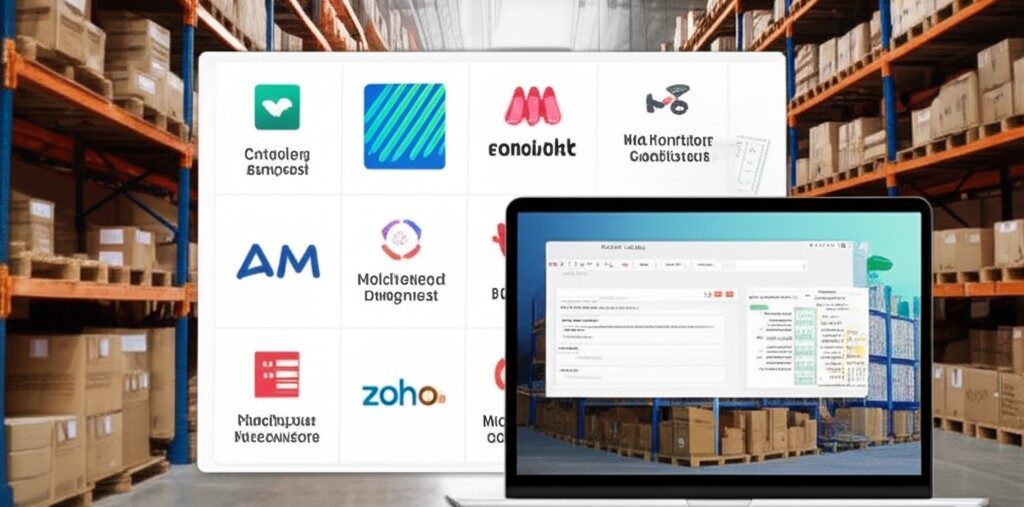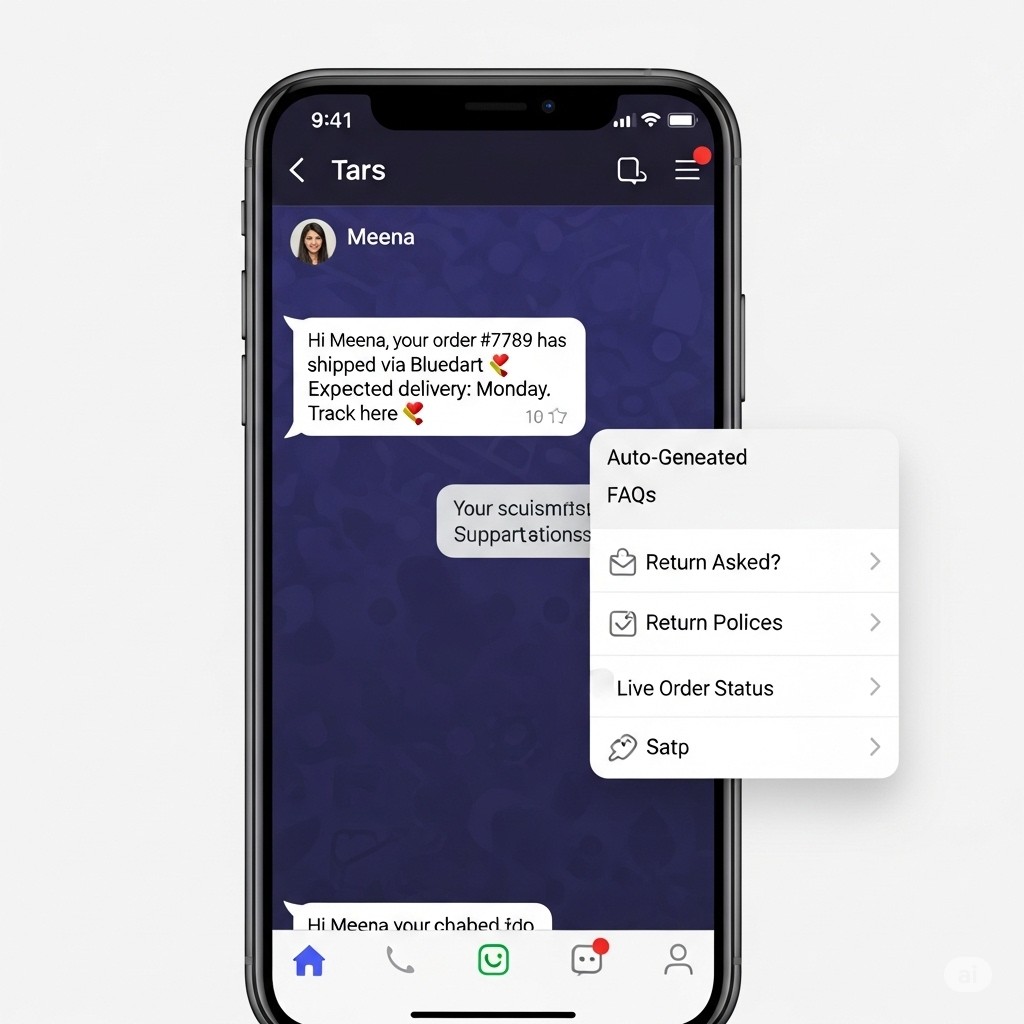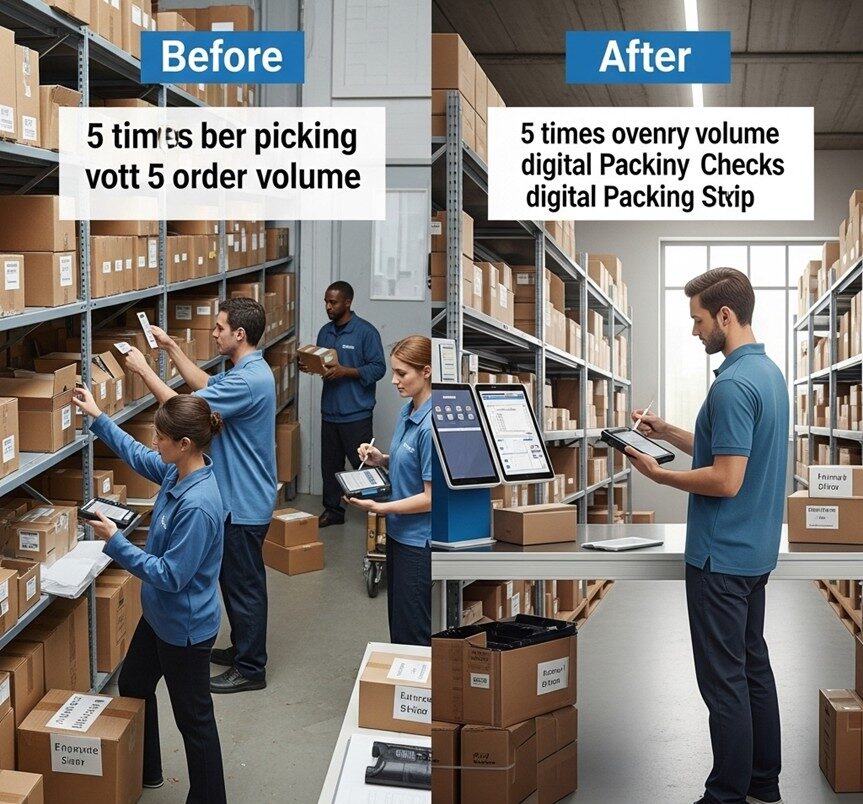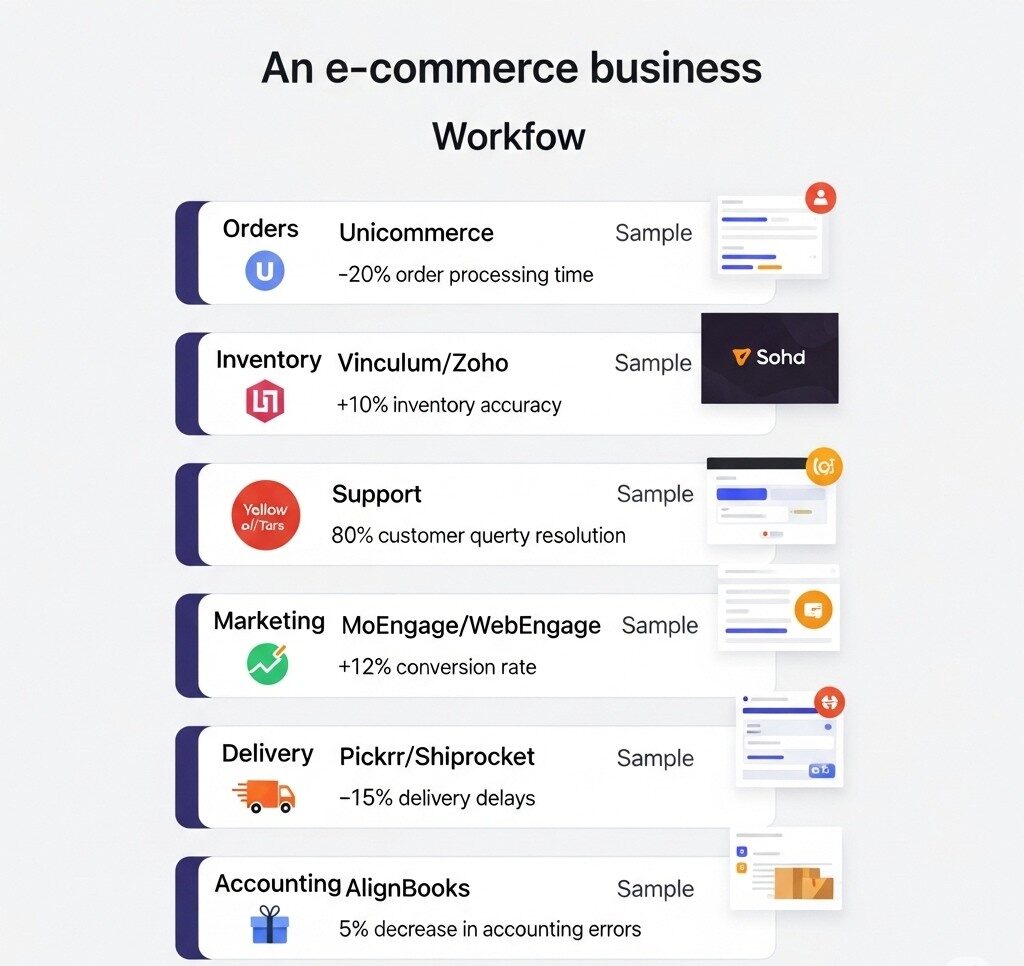India’s e-commerce sector is no longer the playground of urban elites. With Tier 2 and Tier 3 cities driving the next wave of growth, operational complexity has exploded. Automation has emerged as the silent engine behind scalability—transforming businesses from chaotic order handlers into precision machines.
The battlefield isn’t about who shouts louder. It’s about who delivers faster, tracks better, and retains longer. And that’s where automation steps in.
Automation Tools for Indian E-Commerce: Real Examples and ROI
- 25 Views
- elfoxisdigital@gmail.com
- September 11, 2018
- Marketing Tools & Tech
Automation Tools for Indian E-Commerce: Real Examples and ROI
The Automation Imperative in India’s E-Commerce Ecosystem

Why Automation Matters for Indian E-Commerce Brands
Speed, Scale, and Survival in a Hyper-Competitive Market
India’s online shoppers expect big-brand experiences with small-brand intimacy. That means same-day dispatches, 24/7 support, personalized offers, and glitch-free payments. Manual processes simply can’t keep up.
Automation enables lean teams to punch above their weight. It’s not just about saving time—it’s about unlocking scale without sacrificing experience. Brands that automate well, grow faster—and more profitably.
Order Processing Automation: Unicommerce and Browntape
From Manual Bottlenecks to Streamlined Fulfillment
Every minute saved in processing an order is a minute earned in delighting a customer. Tools like Unicommerce and Browntape automate order syncing across marketplaces, auto-generate shipping labels, and allocate inventory from the optimal warehouse.
For a D2C fashion label juggling 3 warehouses and 4 platforms, Unicommerce reduced their order dispatch time by 42%. Fewer delays, fewer cancellations, and higher seller ratings across platforms.
Inventory Management Tools: Vinculum and Zoho Inventory
Real-Time Stock Visibility Across Multiple Channels
Inventory mismanagement leads to overselling, understocking, or worst—customer refunds. Tools like Vinculum and Zoho Inventory provide centralized dashboards, automated stock adjustments, and reorder alerts.
An ethnic wear brand using Vinculum synced inventory across Amazon, Myntra, its website, and offline stores. The result? Out-of-stock complaints dropped by 70% within three months.
Customer Support Automation: Tars and Yellow.ai
Handling 10,000 Queries Without Breaking a Sweat
Support isn’t scalable without smart automation. Tars (no-code chatbot builder) and Yellow.ai (AI-native platform) handle FAQs, order tracking, returns, and escalations round-the-clock.
A health supplements startup deployed a Tars chatbot on WhatsApp and reduced human support load by 68%, while increasing resolution speed from 12 hours to 90 minutes. Support stopped being a bottleneck—and became a growth lever.

Marketing Automation: WebEngage and MoEngage in Action
Precision Retargeting That Doesn’t Feel Robotic
Abandoned carts. Inactive users. Flash sale announcements. Marketing automation tools like WebEngage and MoEngage help trigger personalized campaigns via push, email, SMS, and WhatsApp.
A beauty D2C brand leveraged WebEngage’s funnel segmentation to recover 18% of its abandoned carts in Q1 2025—delivering ₹42 lakh in otherwise lost revenue.
Logistics and Delivery Automation: Shiprocket and Pickrr
Smart Dispatching and Tracking That Reduces RTO
Logistics isn’t just about moving goods—it’s about reducing return-to-origin (RTO) losses. Platforms like Shiprocket and Pickrr use PIN code intelligence, courier performance data, and NDR follow-up automations to improve delivery success.
One electronics accessories brand used Pickrr Predict to filter out risky PIN codes and slashed their RTO rate from 28% to 14%—a direct bump to the bottom line.
Accounting and Reconciliation: AlignBooks and Busy Accounting
Automated GST Invoicing and Multi-Gateway Sync
Between multiple payment gateways, discounts, refunds, and GST obligations, accounting is a nightmare without automation. AlignBooks and Busy simplify it with automated invoice generation, payment gateway syncing, and GST-ready reports.
An online kitchenware seller using AlignBooks shaved off 20+ hours a month in reconciliation tasks—redirecting that time toward vendor management and marketing.
Personalized User Experience: Algonomy and Mason
AI-Driven Recommendations Boosting Conversion Rates
Personalization isn’t a luxury—it’s a baseline expectation. Tools like Algonomy (formerly Manthan) and Mason use AI to dynamically change website banners, product listings, and offers based on user behavior.
A lifestyle brand using Mason reported a 25% increase in product clicks and a 9% uplift in conversion within the first month of implementation.
Warehouse Automation: Increff and EasyEcom
Optimizing Storage, Picking, and Packing in Urban Hubs
Warehouse automation is not just for the Amazons of the world. Startups using Increff and EasyEcom reduce human error in picking, automate bin-location mapping, and even track shelf life for perishables.
For a Mumbai-based skincare D2C, Increff helped them dispatch 5x more orders with the same warehouse staff during the Diwali surge.

AI in Fraud Detection and Risk Scoring
Real-Time Protection Against COD Abuse and Return Fraud
With 60% of orders in India still on COD, risk scoring becomes essential. AI-powered layers detect abnormal purchase patterns, track return abuse history, and flag suspicious IPs.
One fashion brand plugged in a custom risk engine to block fake addresses and repeat abusers—resulting in ₹15 lakh savings in just one quarter.

Case Study: D2C Brand Scaling with Automation
A ₹1 Crore Monthly Revenue Story Backed by Smart Tools
A Bangalore-based wellness brand scaled from ₹8 lakhs to ₹1.2 crores monthly revenue in under a year. Their stack included:
- AlignBooks for GST compliance
- Pickrr for intelligent logistics
- Tars chatbot for WhatsApp
- MoEngage for automated retention
- Zoho Inventory for inventory sync
Result? Same team size. Triple the revenue. Better customer retention. Near-zero operational chaos.
Measuring ROI on Automation Investments
Metrics That Matter: AOV, CAC, RTO Rate, CSAT, Fulfillment Time
Founders often ask—how do I justify automation costs?
Answer: Measure what matters.
- Team Hours Saved per Week
- Order Fulfillment Time
- Customer Satisfaction Score (CSAT)
- Return-to-Origin (RTO) rate
- Customer Acquisition Cost (CAC)
- Average Order Value (AOV)
A startup investing ₹50,000/month in automation tools but saving ₹2 lakhs in reduced returns and team costs has already won.
Conclusion
Why Automation Is the Growth Engine, Not Just a Cost-Saver
Automation is no longer an upgrade—it’s the architecture behind scalable Indian e-commerce. It reduces friction, increases visibility, and elevates the customer experience.
In 2025, founders who automate early don’t just survive. They dominate.
Recent Posts
- Dark Side of Indian Digital Marketing: Bots, Fake Leads & Ad Fraud
- Why Every Indian Business Will Need a Digital Marketer in the Next 3 Years
- Growth of the Digital Marketing Industry in India: Stats, Trends, and Jobs
- What Makes Indian Consumers Click: Psychology Behind Desi Digital Ads
- Digital Marketing in India: Career, Scope, Salary & Future in 2025